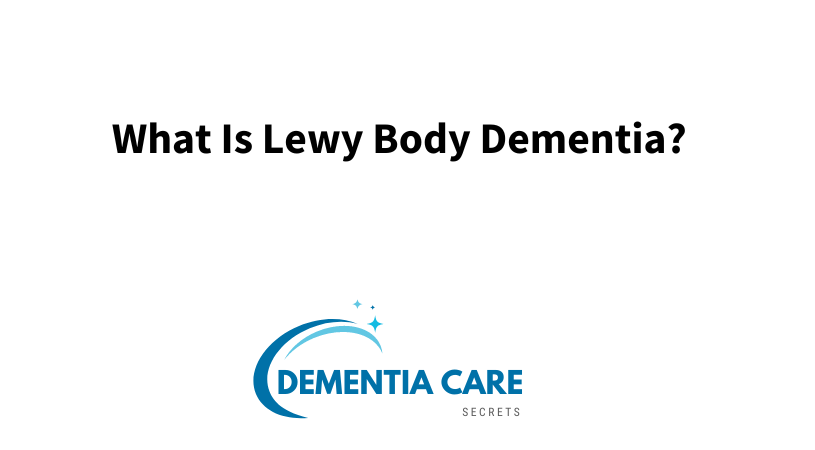What Is Lewy Body Dementia?
Podcast: Diane Carbo explores Lewy Body Dementia (LBD), often confused with other forms of dementia. It's the second most common type after Alzheimer's, as seen in Robin Williams. LBD is marked by Lewy bodies in brain cells, leading to misdiagnosis.

In this podcast episode, Diane Carbo discusses Lewy Body Dementia (LBD), an often misunderstood and misdiagnosed form of dementia. LBD is the second most common progressive dementia after Alzheimer's and was the condition that Robin Williams suffered from. The disease is characterized by the presence of abnormal protein deposits called Lewy bodies in the brain cells. Despite its prevalence, LBD is frequently undiagnosed due to its overlap with other brain disorders.
The discovery of Lewy body dementia dates back to the early 1900s when German neurologist Dr. Edrick H. Lewy identified tiny protein deposits in brain cells, which were later named Lewy bodies. These deposits are also found in Parkinson's disease, but their location in the brain differs. In Parkinson's, Lewy bodies are in the substantial nigra region that controls movement, while in standalone LBD, they are scattered throughout the cerebral cortex, affecting memory and thinking.
LBD's cause and development remain unclear, but it's associated with reduced levels of neurotransmitters like acetylcholine and dopamine. The disease affects over 1 million individuals in the US and commonly starts showing symptoms after the age of 50. However, its progression varies from person to person, influenced by factors such as overall health and severity of symptoms.
Misdiagnosis is a significant challenge due to the similarity of LBD symptoms with other neurological conditions. A lack of diagnostic tests adds to this difficulty, and nearly 80% of LBD patients were initially misdiagnosed with other conditions, often including Alzheimer's disease. Diane emphasizes the importance of proper diagnosis and understanding whether it's LBD alone or associated with Parkinson's, as the disease progression and symptoms differ. She also stresses the significance of end-of-life planning and having advanced directives in place for this progressive condition.
You might also like this article:









